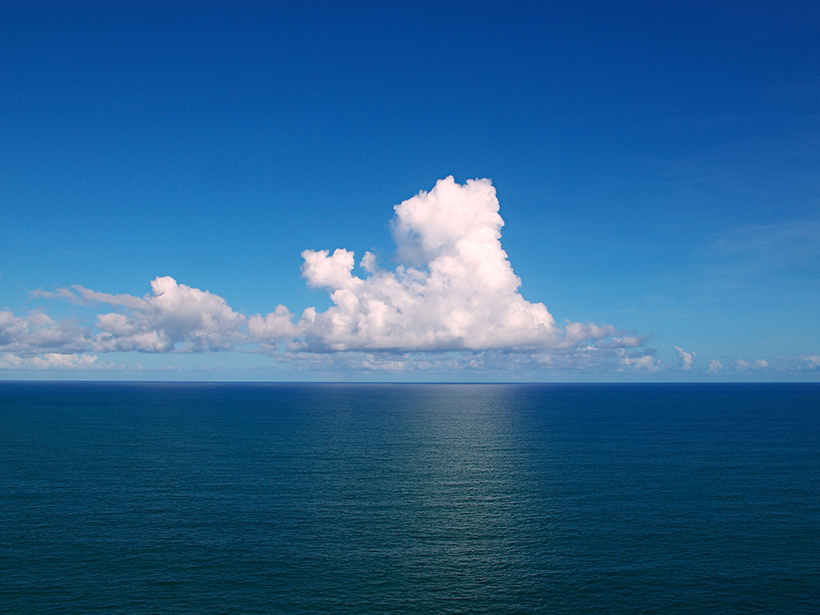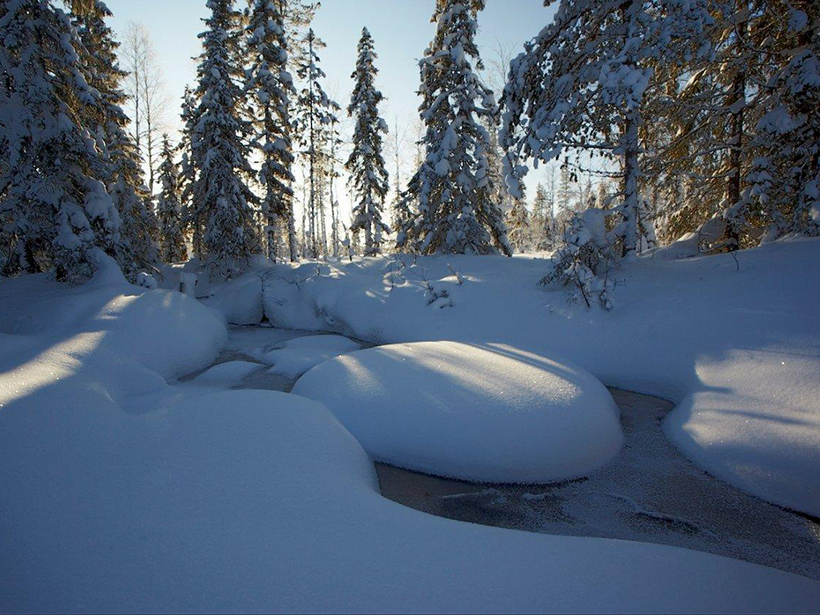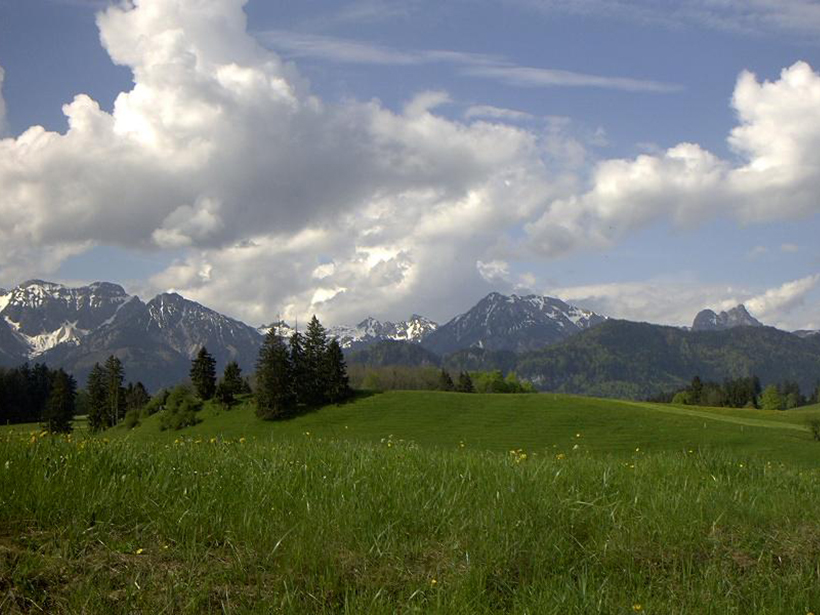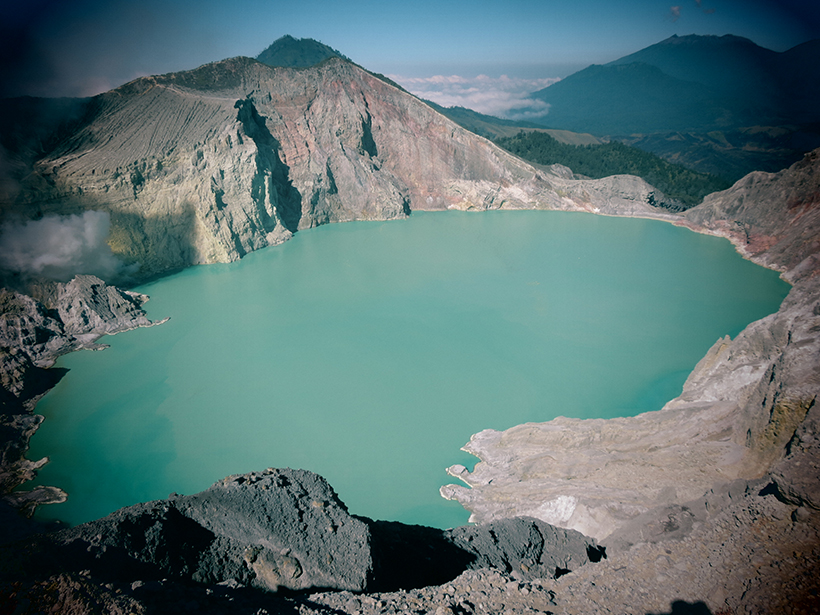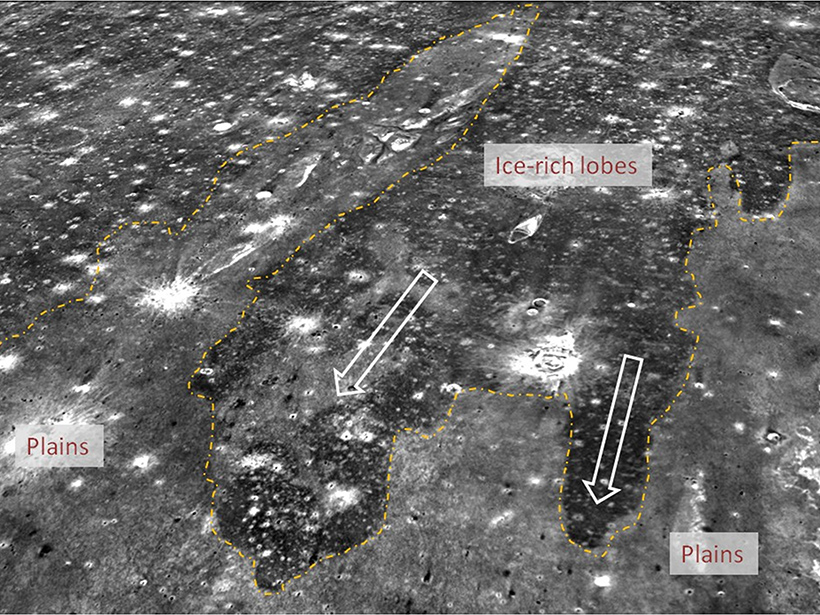New research sheds light on the complex interplay between the atmosphere and the ocean and how both affect the Madden-Julian Oscillation.
S. Hall
Shannon Hall, a freelance science journalist, covers topics ranging from geysers to galaxies. Over the past 8 years she has received four degrees—two bachelor’s degrees in astronomy and philosophy and two master’s degrees in astronomy and science journalism—and has lived in eight different states. For the moment she has settled down in Hanover, N.H., happy to be a tiny dot in a big landscape.
Headwater Streams May Export More Carbon Than Previously Thought
New research sheds light on the streams that carry carbon away from peatlands with the hope that the data will better inform climate models.
Characterizing the Faults Beneath Germany
A team of researchers has described how the faults within the German Alpine Molasse Basin initially developed.
Searching for Lightning's Signature on Venus
How energetic would lightning on Venus have to be to be detected by sensors? A new model sheds light.
The Dance of Surface Waves and Ocean Circulation
One mathematical model best describes the complex interplay between an ocean's surface waves and its underlying circulation.
New-Found Dwarf Planet Points to Solar System's Chaotic Past
Astronomers have discovered an icy ball in the dark and frigid regions of the outer solar system, which they suspect harbors secrets to the solar system's formation and evolution.
A New Tool to Better Forecast Volcanic Unrest
In a retrospective study of volcanic unrest at Indonesia's Kawah Ijen, a new model was able to pick up on the rising probability of eruption 2 months before authorities were aware of the risk.
Tsunamis Splashed Ancient Mars
Massive meteorites likely slammed into a Martian ocean billions of years ago, unleashing tsunami waves up to 120 meters tall, a close study of a region of the Red Planet's terrain has found.
Impacts Might Have Made Ancient Mars Briefly Hospitable to Life
A bombardment of the Red Planet 4 billion years ago could have created hot springs that allowed life to flourish.

